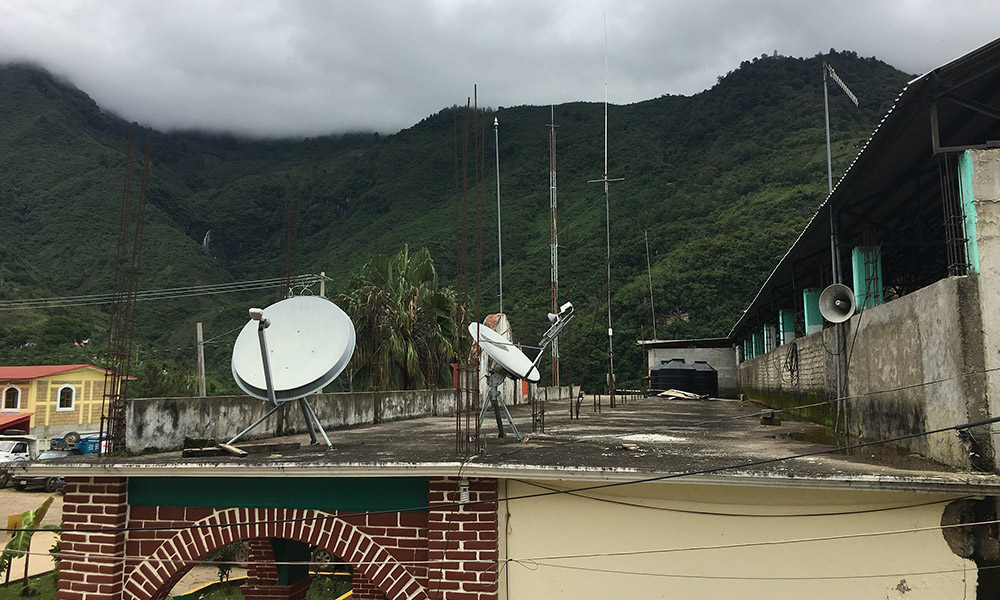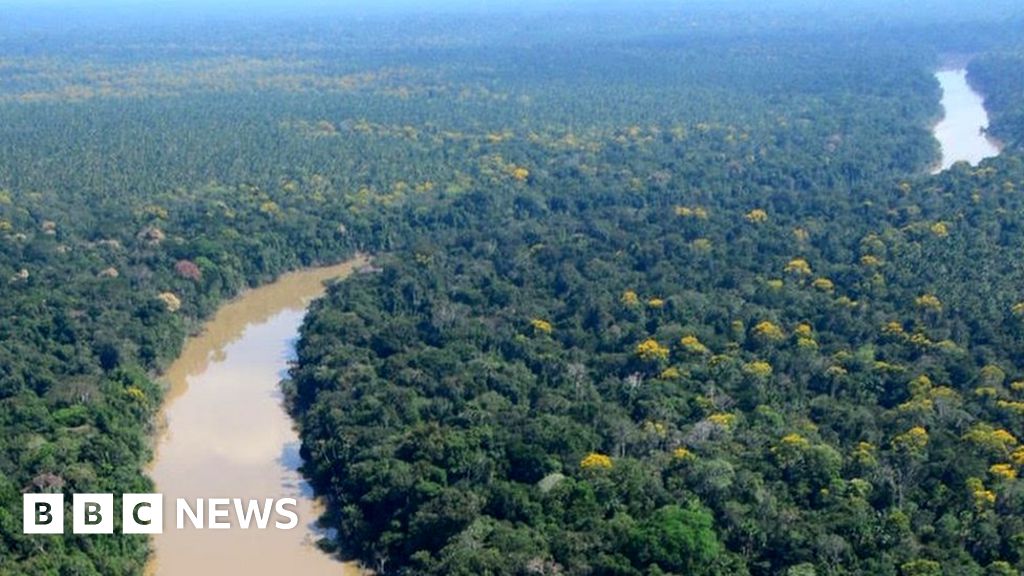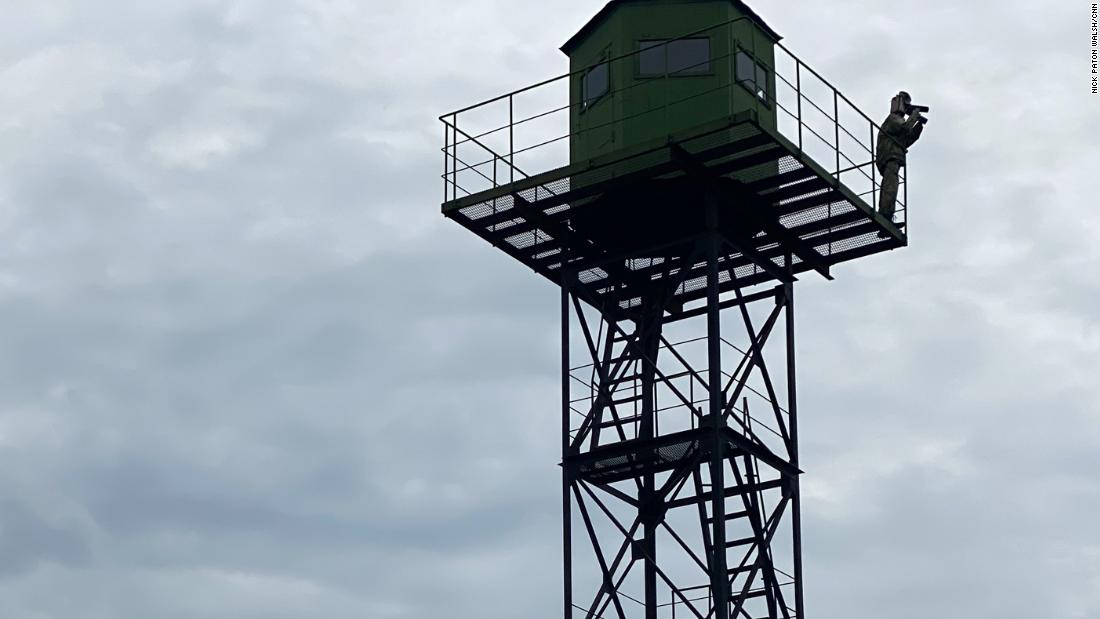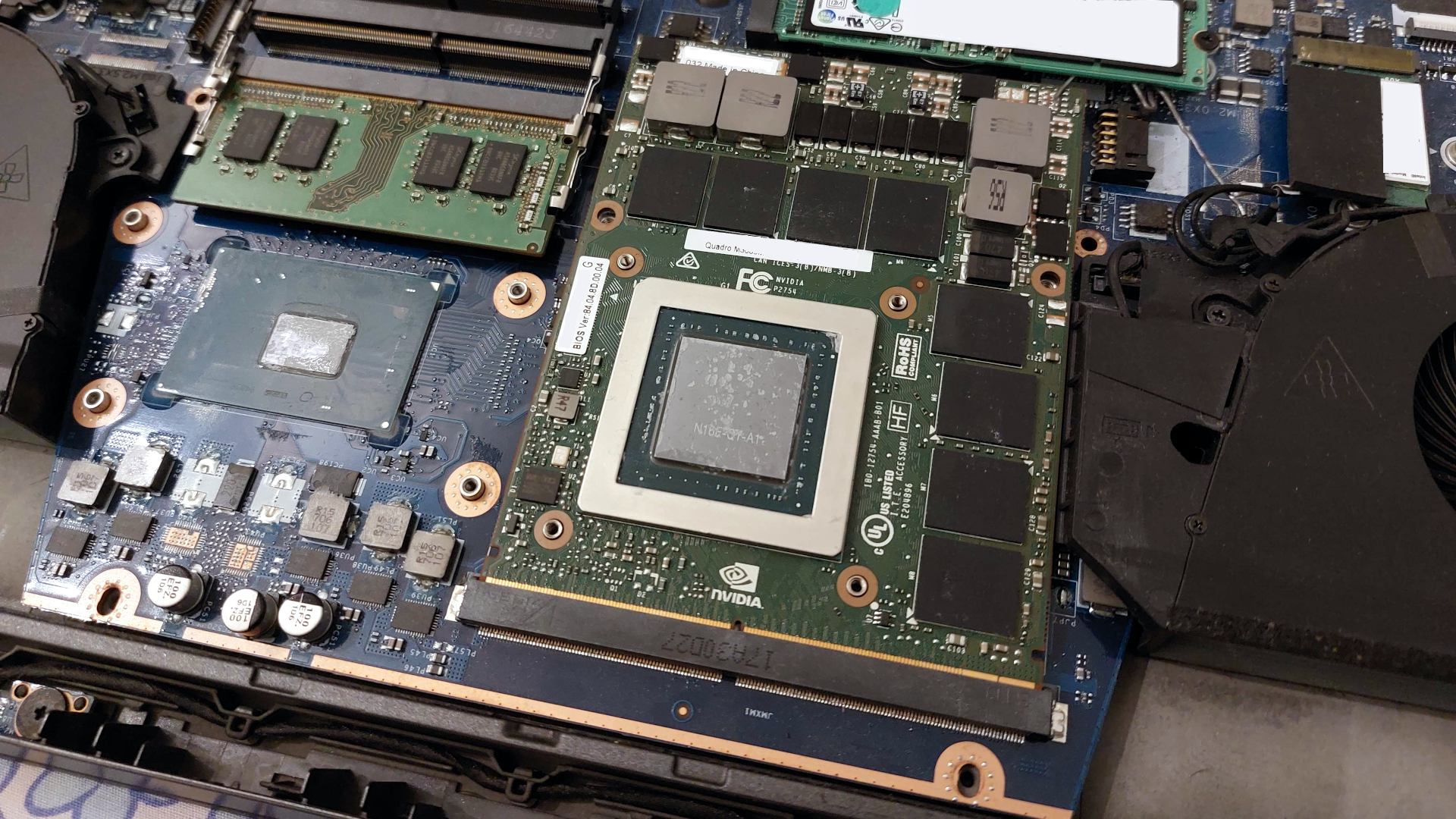
In Oaxaca, an Unlikely Union Between Hackers and Indigenous Peoples
The Oaxaca region in southern Mexico is home to about a third of the Mexican indigenous population, with speakers of at least 16 languages and dozens of dialects. The region contains about half of the entire nation’s species of flora and fauna, including gila monsters, jaguars, and, at 40 feet in diameter, the world’s widest tree. It’s here, in one of the most biologically and culturally diverse places in the Americas, that technology is being reimagined.
It’s easy to assume that technological innovation is restricted to the design laboratories of Silicon Valley, the tech companies of China, or the elite universities of the world. But according to Peter Bloom, the co-founder of Telecomunicaciones Indígenas Comunitarias (TIC) and its sister global organization, Rhizomática, there are “people sitting in Silicon Valley thinking up problems, and then thinking up solutions to those problems. But they’re not grounded in anyone’s reality.”
Established in 2012 by a group of hackers, activists, and indigenous community leaders in the region, TIC emerged from centuries of grassroots political movements and philosophies that have extolled the importance of autonomy, communality, and collectivity. From its base in of the city of Oaxaca de Juárez, TIC has implemented independent, community-owned cell phone networks in at least 63 indigenous communities of Zapotec, Mixtec, and Mije origins — making it the largest community-owned cell phone network in the world. The effort has provided daily service to more than 3,500 people despite some of the harshest conditions for building communications networks in Mexico — elevation, rain, dense forests, and the absence of other reliable infrastructure like electricity.
























